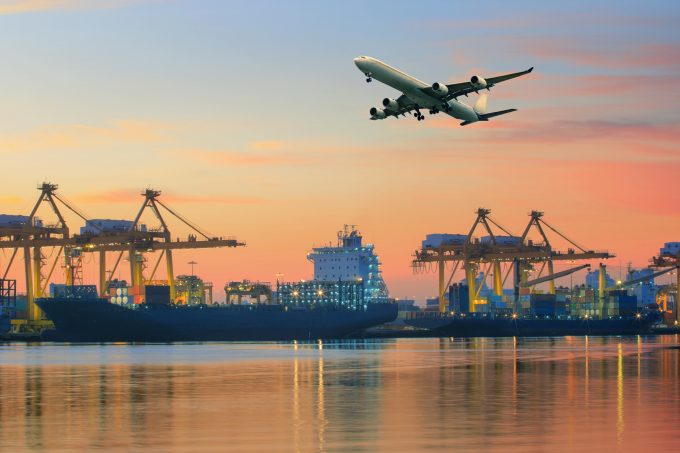MSC switches two more Asia-Europe port calls from congested Antwerp
MSC has decided to switch two more calls out of Antwerp on its Asia-North Europe ...

The sea-air sector is enjoying a healthy resurgence, as high air freight rates, disruptions in sea freight and new pricing transparency have combined to make multimodal transport more attractive.
The most popular tradelanes are from China and South-east Asia, via Dubai, to Europe and the US.
“There ...


Comment on this article
Najma Qureshi
August 28, 2018 at 7:51 amWhen air freight gets disrupts and there is a delay in delivering the consignments then here comes a situation where sea freight shipping comes in the forefront. Yes I agree with the point that due to the pricing also sea freight shipping in given more preference.